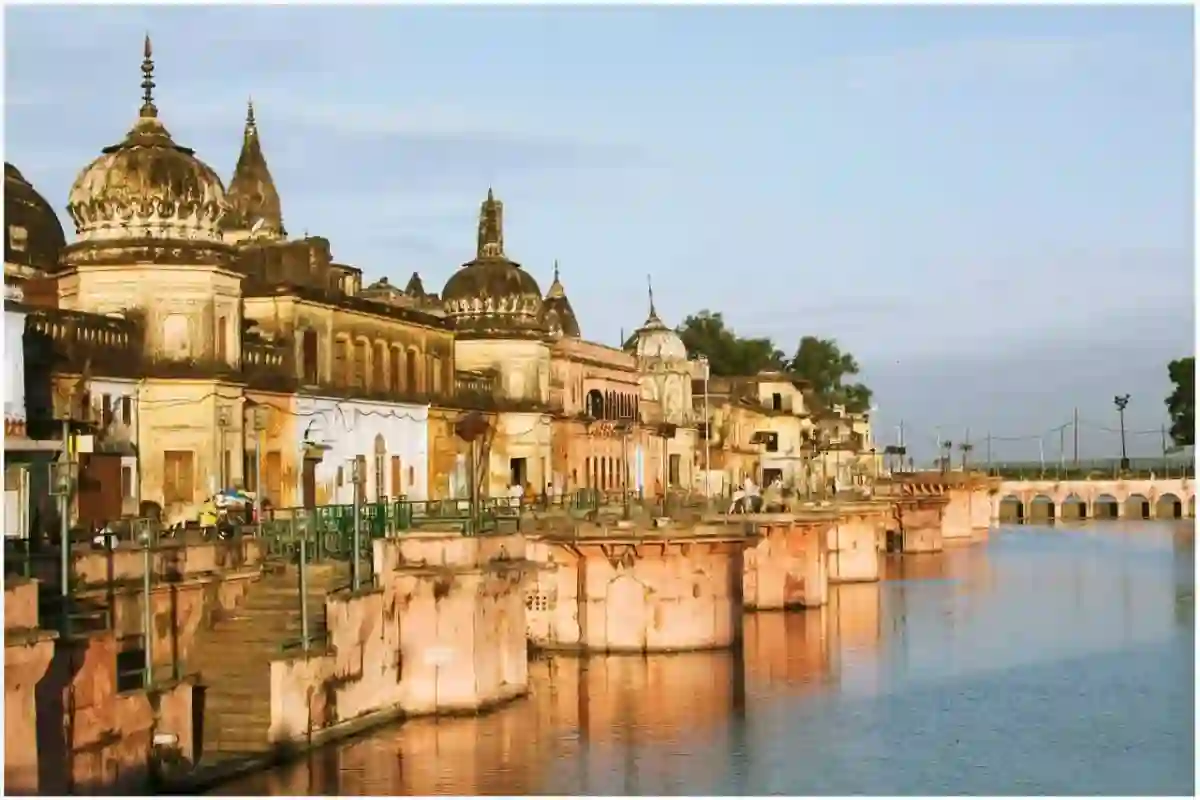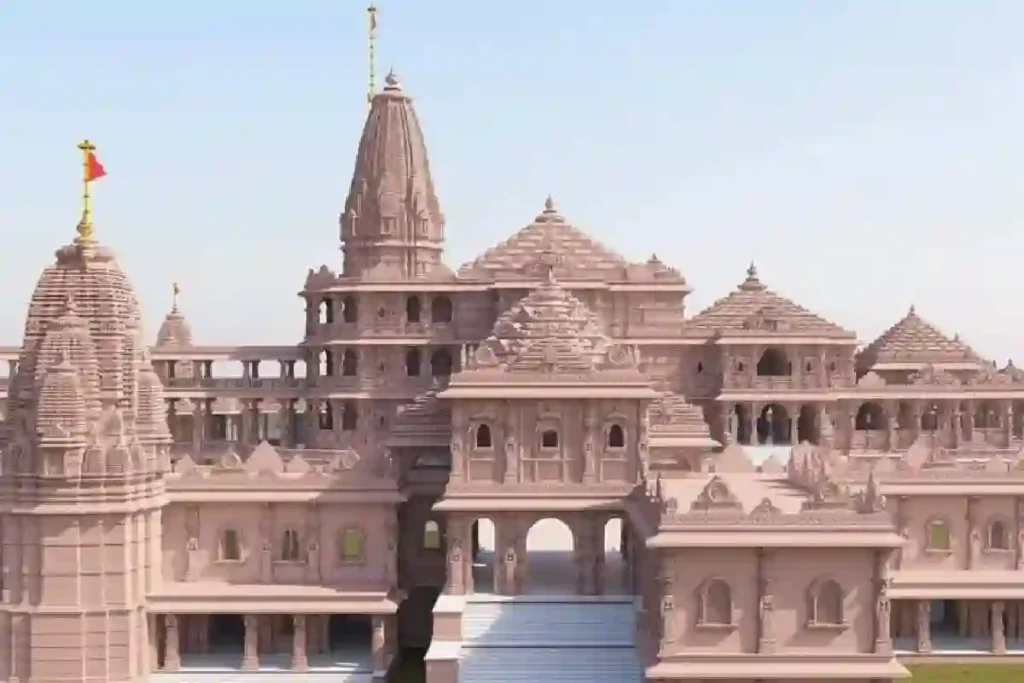Ayodhya
Ayodhya
Introduction
Ayodhya, one of the most sacred cities in India, is revered as the birthplace of Lord Rama, the seventh incarnation of Lord Vishnu. Located in Uttar Pradesh, on the banks of the Saryu River, Ayodhya holds immense religious, historical, and cultural significance in Hinduism. It is mentioned in the ancient Hindu epic Ramayana as the capital of the legendary Ikshvaku dynasty and the glorious kingdom of Lord Rama.
Religious Significance
Ayodhya is considered one of the Sapta Puri—seven sacred pilgrimage sites in Hinduism that lead to salvation (moksha). The city is closely associated with Lord Rama’s life, values, and teachings, making it a major destination for devotees from around the world.




- October to March – The best months to visit due to pleasant weather, making temple visits comfortable.
- During Festivals – Ram Navami (March-April) and Diwali (October-November) are the most auspicious times to experience Ayodhya’s spiritual essence.
- Monsoon (July-September) – Lush greenery enhances the beauty of temple surroundings, but occasional rains may affect travel.
- Summer (April-June) – The city remains hot, so early morning or evening temple visits are advisable.

- Visit Shri Ram Janmabhoomi – The sacred birthplace of Lord Ram.
- Explore Hanuman Garhi – A famous temple dedicated to Lord Hanuman.
- Attend Saryu Aarti – Witness the mesmerizing evening aarti at the Saryu River.
- Visit Kanak Bhawan – A divine temple dedicated to Lord Ram and Sita.
- Experience Treta Ke Thakur – A temple with ancient idols of Ram, Sita, and Lakshman.
- Explore Nageshwarnath Temple – A revered Shiva temple in Ayodhya.
- Take a Holy Dip in Saryu River – A spiritual ritual for purification.
- Enjoy Ram Ki Paidi – A scenic riverside attraction for peace and relaxation.
- Participate in Religious Events – Engage in bhajans, kirtans, and yagnas across temples.




